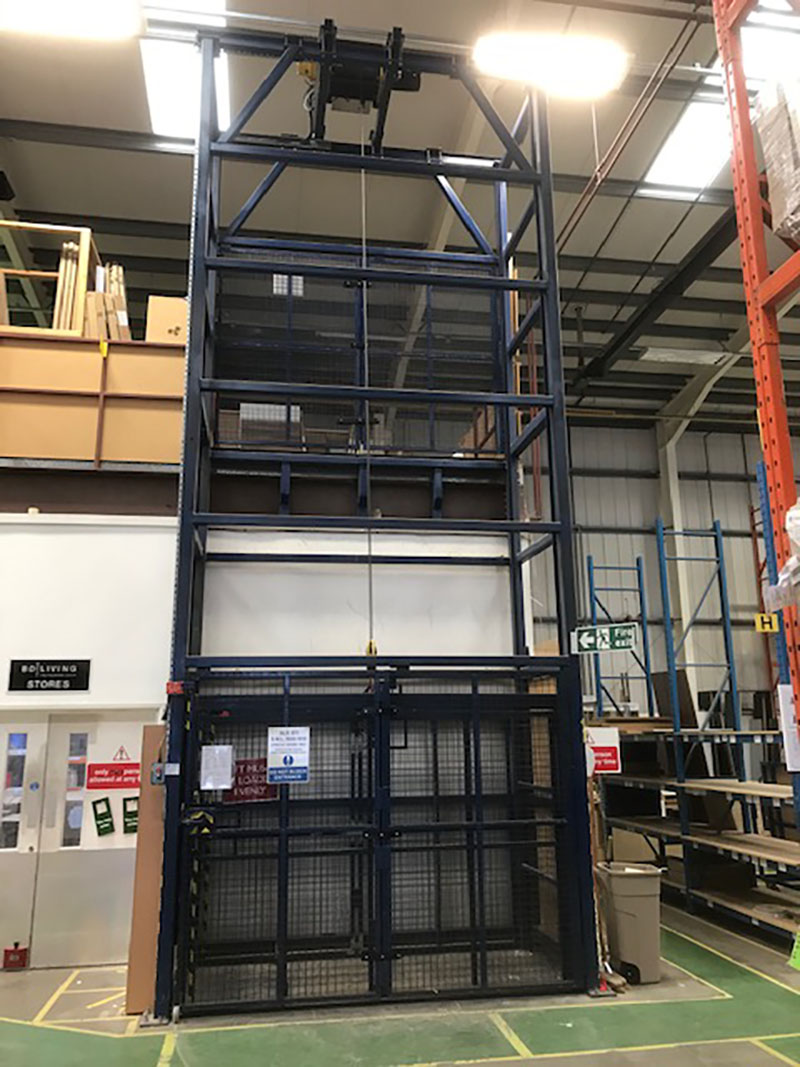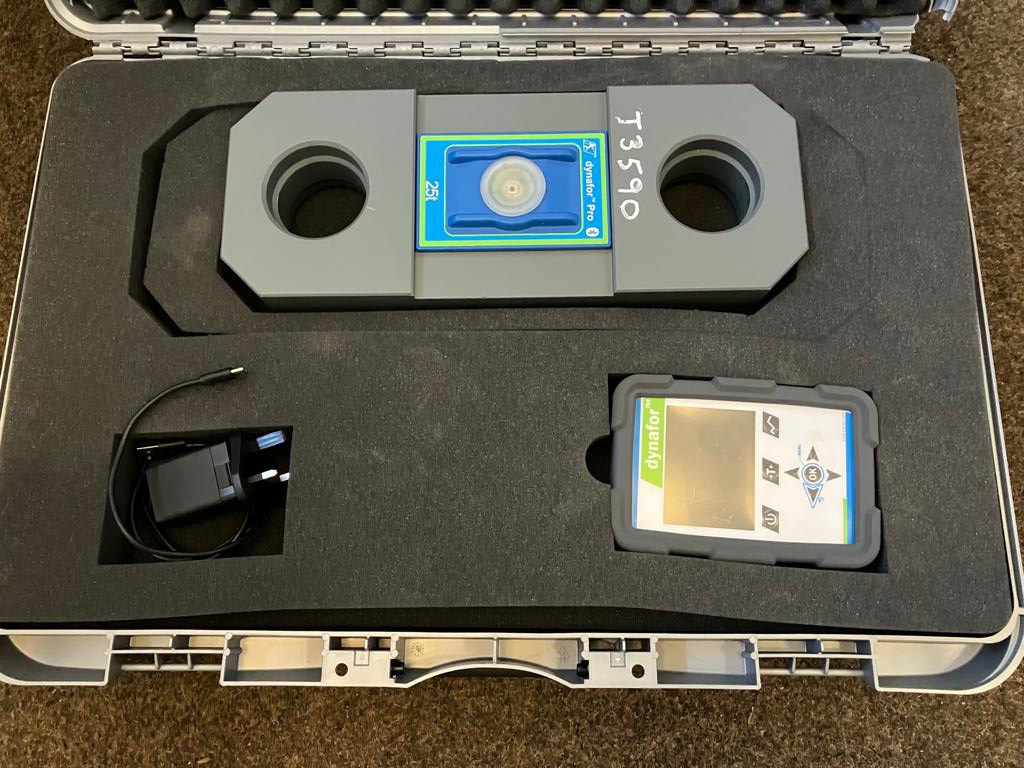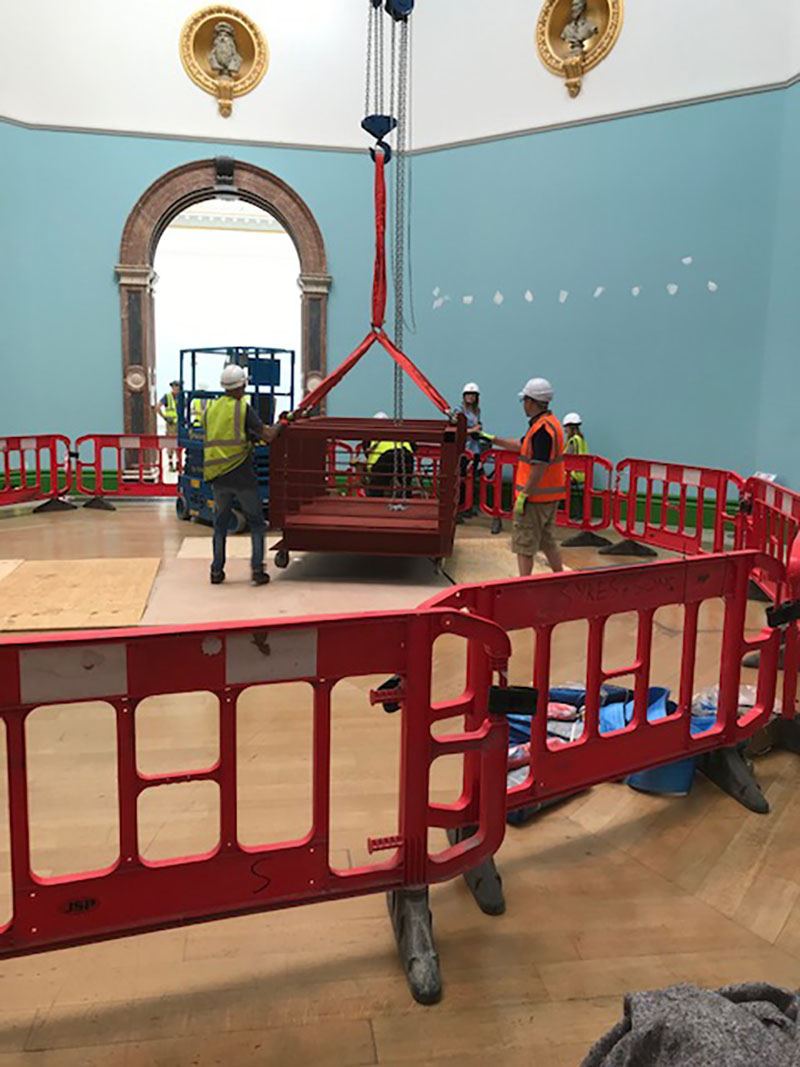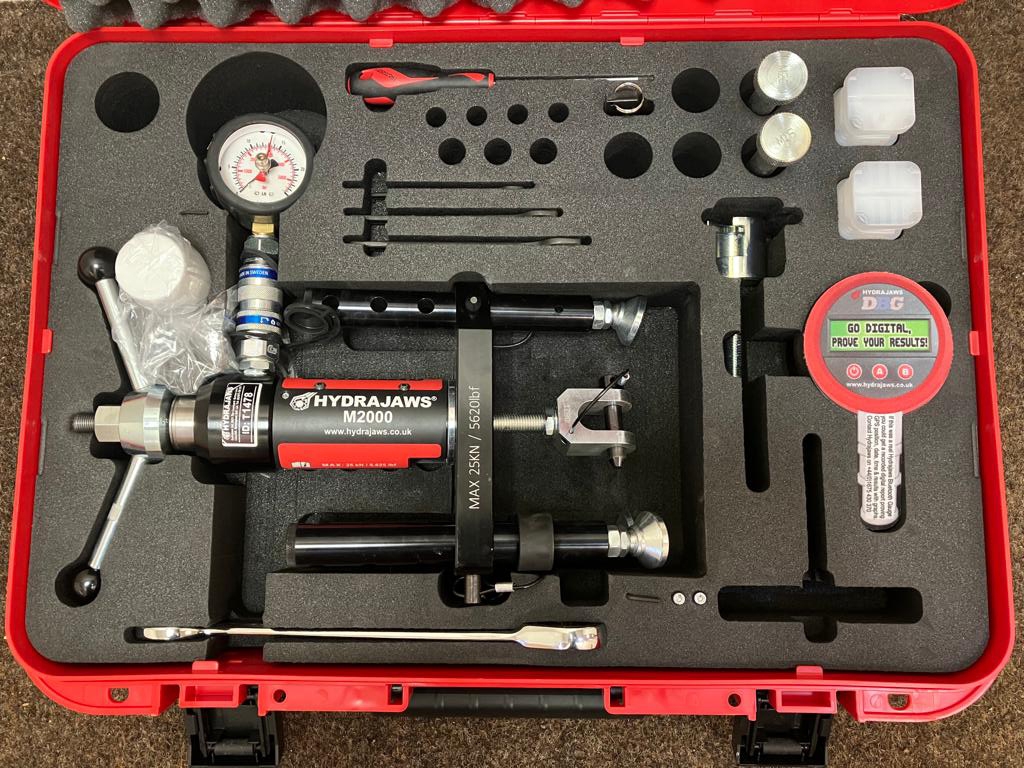Test & inspect
Get in touch about your project
Testing and inspecting lifting gear is crucial to ensure its safety and efficiency. Here are some benefits of testing and inspecting lifting gear:
Ensures compliance with regulations
Testing and inspecting lifting gear helps ensure that it complies with legal and regulatory standards.
Prevents accidents
Regular testing and inspection of lifting gear can identify potential faults or defects, reducing the risk of accidents and injuries in the workplace.
Increases lifespan of equipment
By identifying and repairing faults early, testing and inspection can extend the lifespan of lifting gear and save businesses money in the long run.
Reduces downtime
When equipment fails, it can cause costly downtime. Regular testing and inspection can help prevent unexpected failures and reduce downtime.
Boosts confidence in equipment
Knowing that lifting gear has been thoroughly tested and inspected can boost confidence in its reliability and performance.
Enhances safety culture
By prioritising the testing and inspection of lifting gear, businesses demonstrate a commitment to safety.
Lift shaft testing
Lift shaft testing is the process of assessing the safety and functionality of an integral lifting point within lift shafts in buildings.
During a typical lift installation, whether passenger or goods only, the lift manufacturers often specify that the lift shaft is fitted with an integral lifting point.
This is for use during the construction of apartments, office blocks, hotels and leisure facilities. The lifting point itself is for the lift manufacturers to use during the installation process itself – hoisting their tools and equipment, etc.
We test the lifting points via one of three methods, either with a live load, a hydrajaw ‘pull out’ test, or via a resin injected anchor point. The lift manufacturers would ordinarily specify the required capacity of the lifting point, and we are certified to carry out these tests and sign the installation off.
By identifying and addressing any issues in a timely manner, lift shaft testing can help to prevent accidents and ensure that the lifting point operate safely and effectively for years to come.


Load cell testing
Load cell testing is a process that involves measuring the weight or force of an object or material using a load cell, which is a device that converts mechanical force into an electrical signal.
Load cell testing is commonly used in a variety of industries, including manufacturing, construction, and transportation.
Load cells come in various shapes and sizes, and can be designed to measure different types of forces, such as compression, tension, or shear. Load cell testing typically involves attaching the load cell to the object or material being tested and applying a controlled force to measure the resulting electrical signal.
When we use a load cell, it is to test an item of lifting gear with something that may not necessarily have a known weight, or via an anchor point. The anchor point is drilled and secured with resin, normally into the floor directly below the point of lift.
The strain is taken between the two points until the load cell reads the desired test load.
Load cell testing is an important process for measuring weight or force in a variety of industries and applications. By providing accurate and reliable measurements, load cell testing can help to ensure safety, compliance, and quality control in a wide range of settings.
Live load testing
Live load testing is a process used to assess the structural integrity and safety of a building or structure by simulating the effects of real-world loads. We typically perform this on lifting gear to ensure that they can withstand the weight and stress of normal usage.
Live load testing involves the application of a measured load to the structure, using weights, equipment, or other tools. The load is gradually increased until it reaches a predetermined threshold or until the structure reaches its maximum load capacity. During the testing process, engineers and technicians closely monitor the behaviour of the structure, looking for signs of deformation or failure.
Live load testing can help to identify potential structural weaknesses or defects, as well as areas where reinforcement or repair may be necessary. It can also provide valuable data for the design and construction of future structures, by informing engineers and architects of the load capacity and performance of different materials and building techniques.
Live load testing is typically required by building codes and regulations, and may be performed at various stages of the construction process, from initial design to final inspection. It is an important tool for ensuring the safety and reliability of buildings and structures, and can help to prevent accidents and injuries caused by structural failure.


Pull-out testing (Hydrajaw)
Pull-out testing is a type of structural testing that measures the load capacity of an anchor or fastener embedded in concrete, masonry, or other construction materials. This type of testing is commonly used in construction and engineering projects to ensure that anchors and fasteners are secure and can withstand the loads they are designed to support.
Our pull-out testing capabilities are often used in the local authority sector as well as hotels, leisure facilities and shopping centres, to establish the integrity of wall hangings such as festive decorations.
Pull-out testing involves the use of specialised equipment, including hydraulic jacks and load cells, to apply a gradual force to the anchor or fastener. The force is applied in a direction perpendicular to the surface of the material, and is increased until the anchor or fastener either pulls out of the material or reaches its maximum load capacity.
During the testing process, engineers and technicians closely monitor the behaviour of the anchor or fastener, looking for signs of deformation, cracking, or failure. This data is used to determine the load capacity of the anchor or fastener, as well as any potential weaknesses or defects in the surrounding material.
Pull-out testing can help to ensure the safety and reliability of construction projects by providing accurate measurements of anchor and fastener performance. It can also inform the design and selection of anchors and fasteners, helping engineers and architects to choose the right products for their specific applications.
LOLER testing
Our specialist team are certified to deliver LOLER examinations.
LOLER stands for Lifting Operations and Lifting Equipment Regulations. It is a set of regulations in the UK that governs the use of lifting equipment in the workplace, with the aim of ensuring the safety of workers and others who may be affected by lifting operations.
Under LOLER, all lifting equipment must be thoroughly examined and tested at regular intervals by a competent person to ensure that it is safe and fit for use. The frequency of these inspections will depend on the type of equipment and the nature of the lifting operations, but typically range from every six months to every year.
LOLER also requires that lifting equipment is used only by trained and competent personnel, and that lifting operations are planned, supervised, and carried out in a safe and controlled manner. In addition, LOLER sets out specific requirements for the design, construction, and maintenance of lifting equipment, and requires that certain information and documentation is kept and made available for inspection.
LOLER applies to a wide range of lifting equipment, including cranes, hoists, forklift trucks, and lifting accessories such as slings and shackles. It is the responsibility of employers and duty holders to ensure that they comply with LOLER and take all necessary steps to ensure the safety of their workers and others who may be affected by lifting operations.
Contact Us
Address
Anchor House, Riverside Industrial Estate, Market Harborough, Leicestershire LE16 7PT, United Kingdom
Phone
01858 465599
Opening hours
Mon to Fri / 8am-5pm
